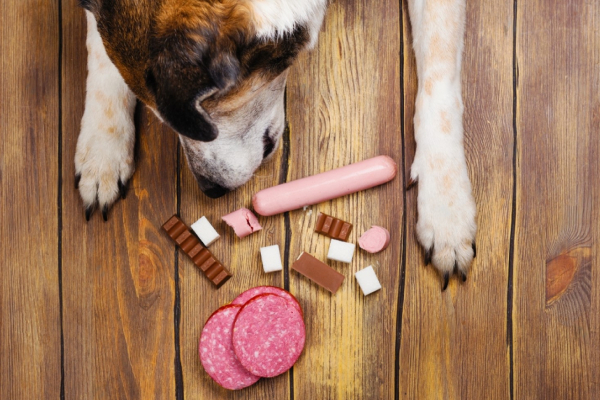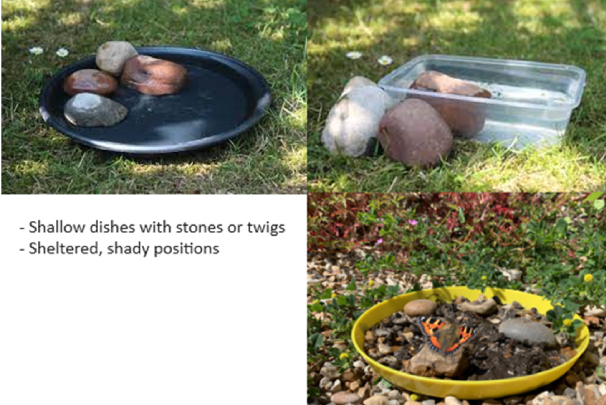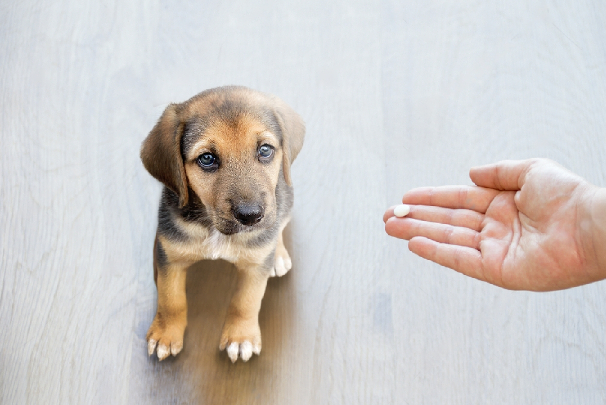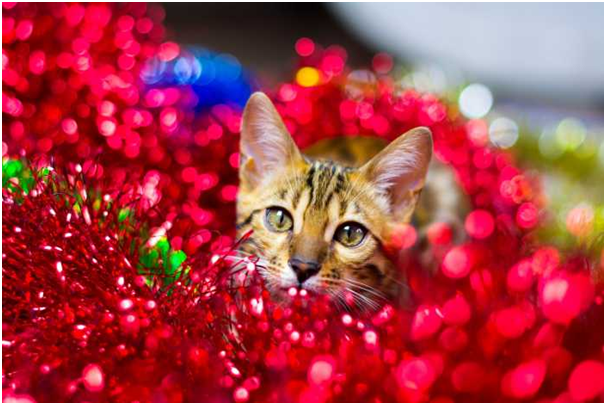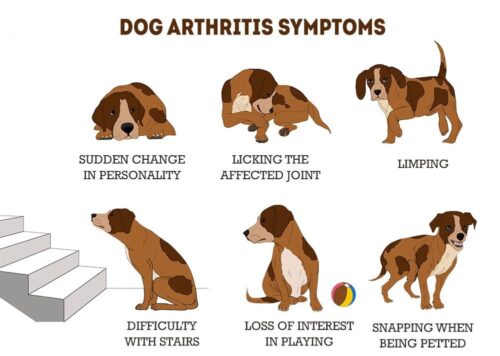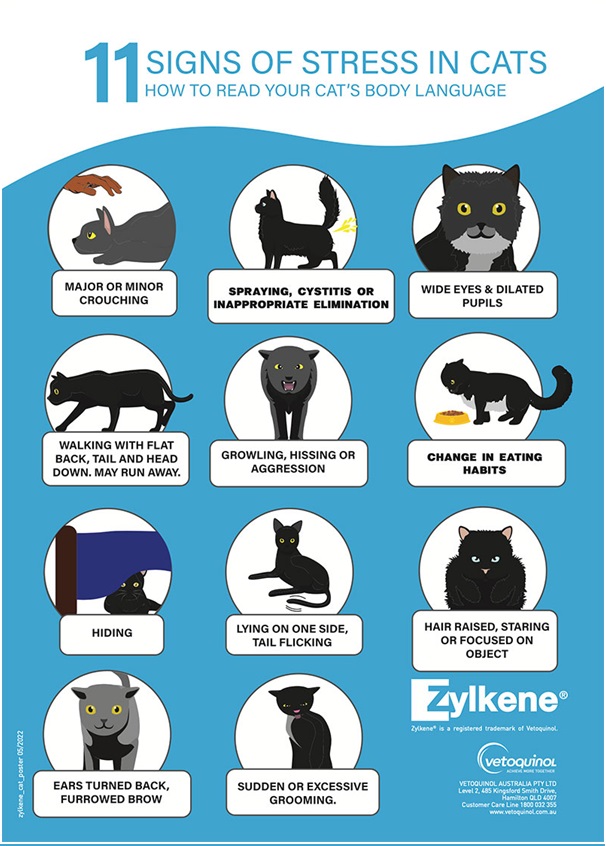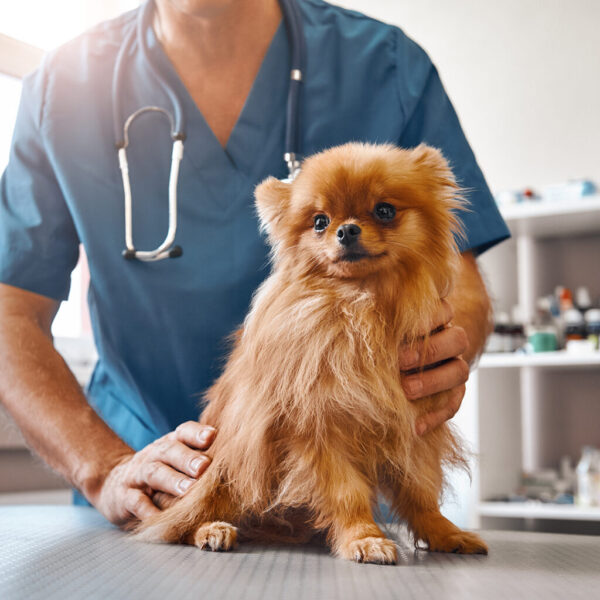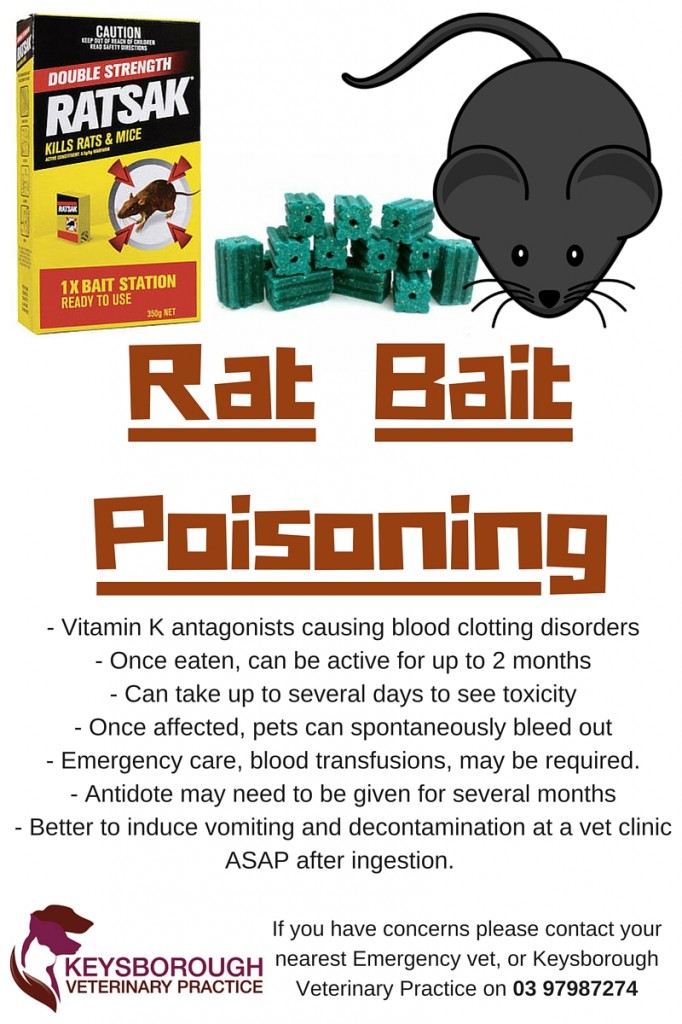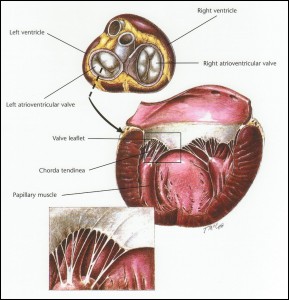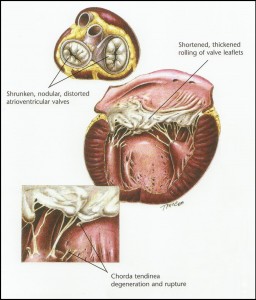Pets are family. They offer us love, companionship and affection. That’s why we, as pet owners, should be responsible and ensure they live the best version of their lives.
One common health issue for pets is arthritis.
Arthritis does not only affect humans, they it can also be seen in our pets such as cats and dogs. It is a disease that causes inflammation in joints and many pet owners are not aware of this disease that attacks our fur babies. Approximately 40% of animals are affected by this disease. Often, arthritis is worse during the cold weather. Therefore, it is crucial to observe their behavior during this time of the season. Arthritis can be caused by joint wear-and-tear or may be a result of an injury.
HOW TO SPOT PET ARTHRITIS IN DOGS AND CATS
Sometimes, it’s difficult for us to determine if our pets are suffering from arthritis since they cannot speak and tell us what they feel.
Cats in particular are used to hiding their pain. However, through keen observation, we can determine arthritis in cats. You might notice that your cat doesn’t jump as often as they normally do or hesitate when leaping from one side to the other. A general decrease in activity level is a red flag too.
For arthritis in dogs, you may observe how they’ve slowed down in their movements or notice soreness after physical activity. Difficulty in climbing elevated platforms or getting up from a lying position may be a sign that they have joint pain and further, arthritis.
Both cats and dogs may show reduced energy when interacting with you.
If you observe these signs in your pets, it would be best to consult your veterinarian to run some checkups.
WHAT ARE THE TREATMENT OPTIONS FOR PET ARTHRITIS?
The good news is there are now plenty of treatments for pet arthritis. Veterinarians have done several studies and came up with treatment plans to ease the pain and address other symptoms.
Beransa (dogs) and Solensia (cats) are new medications which have shown very good results in reducing pain associated with arthritis for many dogs and cats. As with all medications not all animals are suitable candidates for Beransa or Solensia (dogs and cats under 12 months, pregnant, breeding or lactating bitches/queens for example should not be given this medication), and in some instances other medications may need to be used in combination with Beransa or Solensia. Despite this, many dogs and cats have shown a huge improvement in quality of life following Beransa or Solensia administration.
Beransa and Solensia are once a month injections administered by the veterinarian, which target Nerve Growth Factor (NGF), one of the proteins involved in perception of pain in arthritic dogs and cats. NGF has also been shown to increase inflammation in arthritic joints, and lead to progression of the disease, so reducing the levels of this protein with Beransa or Solensia has been shown to reduce inflammation in the affected joints, and slow progression of the disease as well as treating the symptoms. As Beransa and Solensia are monoclonal antibodies they are broken down like any other protein in the body rather than having to be metabolized & excreted. This means there are less side effects associated with this type of medication, and they are safe to use in dogs and cats with liver and early kidney issues, which is particularly beneficial in older animals who are more likely to have both arthritis and other concurrent disease.
If your pet is experiencing arthritis-related symptoms, consult with your veterinarian to determine the most suitable treatment option. Your veterinarian will consider your pet’s age, size, breed, overall health, severity of arthritis and other factors for them to recommend what is suitable – every situation is unique.
There are also other treatment plans for arthritis aside from monthly injections. There are oral medication, joint supplements, physiotherapy, weight management and lifestyle modifications.
These can be combined to create a more personalised treatment plan for your pet’s arthritis case.
ALWAYS OPT TO GET AN EXPERT’S OPINION
If you think your pet is suffering from arthritis, you need to schedule a visit to your veterinarian ASAP.
Clinical evaluation is a must to prevent pet arthritis from getting worse and for your vet to be able to make the appropriate treatment plan for your fur baby. The veterinarian will conduct various exams such as assessing your pet’s medical history, physical examination, and recommend additional tests like X-rays to assess joint health.
You must also share the things you’ve noticed about your cat or dog once you arrive at the veterinary clinic. Through this, the veterinarian can easily assess what treatment plan may suit them best. So, if you start to notice symptoms, try to write them down or remember them so you can communicate them to your vet during your pet’s checkup.
Keysborough Veterinary Practice has been trusted by pet owners since 1988. Their amazing team of vets, nurses, and receptionists are committed to helping your pets live their best lives!
HOME CARE FOR PETS WITH ARTHRITIS
Though veterinary treatments are important, there are several things you can start doing at home to help alleviate your pet’s discomfort.
You can provide your pet with a soft and supportive bed or cushioned bedding to ease pressure on their joints. Regular low-impact exercise, such as gentle walks or swimming, can help maintain their mobility and muscle strength. Additionally, managing your pet’s weight through a balanced diet and portion control can reduce the stress on their joints. Consider incorporating joint supplements recommended by your veterinarian into their daily routine to promote joint health.
Making sure they have a warm and comfortable environment, especially during colder months, can help soothe their achy joints. And lastly, be observant of any changes in their behavior or mobility. Though there are things you can do from home that would help, it’s always best to consult with your veterinarian so they can confirm what’s really going on and provide a treatment plan accordingly.
ALL ABOUT CONSISTENCY: MONITORING AND ADJUSTING TREATMENT
Management of pet arthritis, a chronic ailment, requires continuous care and attention. This includes monitoring and modifying treatment. The effectiveness of your pet’s medicine and treatment plan depends on how consistent you are with providing the care they need and also on how frequently you take your pet to the vet. During these visits, the vet can analyse your pet’s health and gauge how effectively the present course of therapy is working.
Your pet will be thoroughly examined by your veterinarian during these visits, and they will pay particular attention to assessing your pet’s mobility, joint function, and general level of comfort. They may also ask for more diagnostic procedures, such as X-rays to learn more about the severity of the arthritis and any probable underlying conditions that might be causing it, or blood testing, to check for underlying disease which may affect treatment choices. The veterinarian can ascertain whether any adjustments are required to better manage your pet’s symptoms and enhance their quality of life by carefully observing how they respond to their present treatment plan.
THE EARLIER YOU FIND OUT ABOUT YOUR PET’S CONDITION, THE BETTER
Finding out about pet arthritis in its early stage is very important. Remember, your pets don’t openly show their discomfort, that’s why early intervention is necessary to ease the pain and to slow disease progression.
Pet arthritis can cause your pets decreased mobility and constant pain and discomfort. We need to be observant in their everyday actions, habits, and movements to be able to point out if they are in pain, suffering from an illness, or if they are simply perfectly fine. It’s up to us as pet owners to be able to observe the symptoms early on. By working closely with your veterinarian, you can help them to assess your pet’s condition for them to give your pet proper treatment or medication. Ensuring that their wellbeing is always observed and taken cared of will give our pets a long and happy life. If you observe any of the symptoms, we discussed in this article, click here to contact us for a consult!








